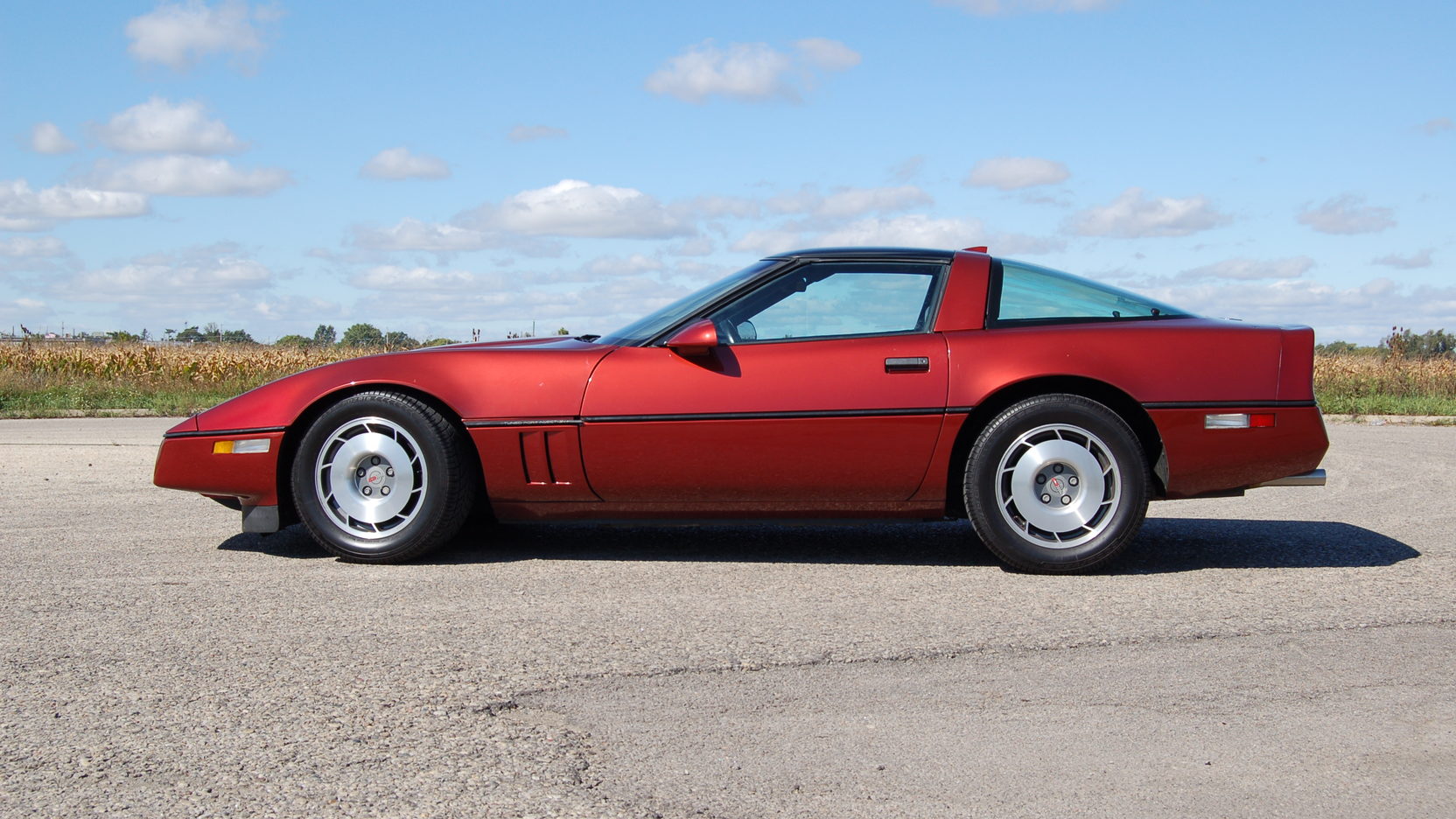Media | Articles
C4 Corvettes are V-8 sports-car fun on the cheap
The 1984–96 C4-generation Corvette is often passed over. It doesn’t have the swoopy curves of the previous C3 generation. It doesn’t have the sheer horsepower or cornering grit of the current models. But it did take the Corvette straight out of the ’60s, setting America’s sports car on a track toward becoming the world-beating performer it is today. And for the thrifty shopper, these days they’re the cheapest Corvettes on the market.
The 1984 Corvette was the first true redesign of the Corvette since 1963. After all, the C3 shared chassis and suspension design with the previous C2 generation. The C4’s complete redesign yielded significant improvements to the chassis and suspension as well as a fresh, modern-looking body (at the time). Chevy also experienced a lot of success racing the C4 Corvette in motorsports.
Sales figures for 1984 doubled over the previous model year as buyers flocked to the restyled ’Vette. Over the course of production, Chevrolet gradually pumped the necessary power back into the car, finally cresting the 400-horsepower mark in the first time since the late 1960s.
The ’84 model year also saw the continuation of Cross-Fire Injection, introduced in 1982. These 205-hp cars today present the most cost-effective way to get into a Corvette of any type. The best examples are still sub-$20,000 cars. Early C4s represent the best way to get the Corvette experience on a budget; $6000–$8000 will put you in the seat of a decent, driver-quality car. But a major drawback in these models is the strange throttle body fuel injection. Support is hard to come by when this part goes south, and as a result the Cross-Fire Injection cars are not well-loved by the general GM community. Of the early C4 generation, the 1985–91 Tuned Port Injection cars present a significant horsepower bump, to 245 hp in the later cars.
Marketplace
Buy and sell classics with confidence
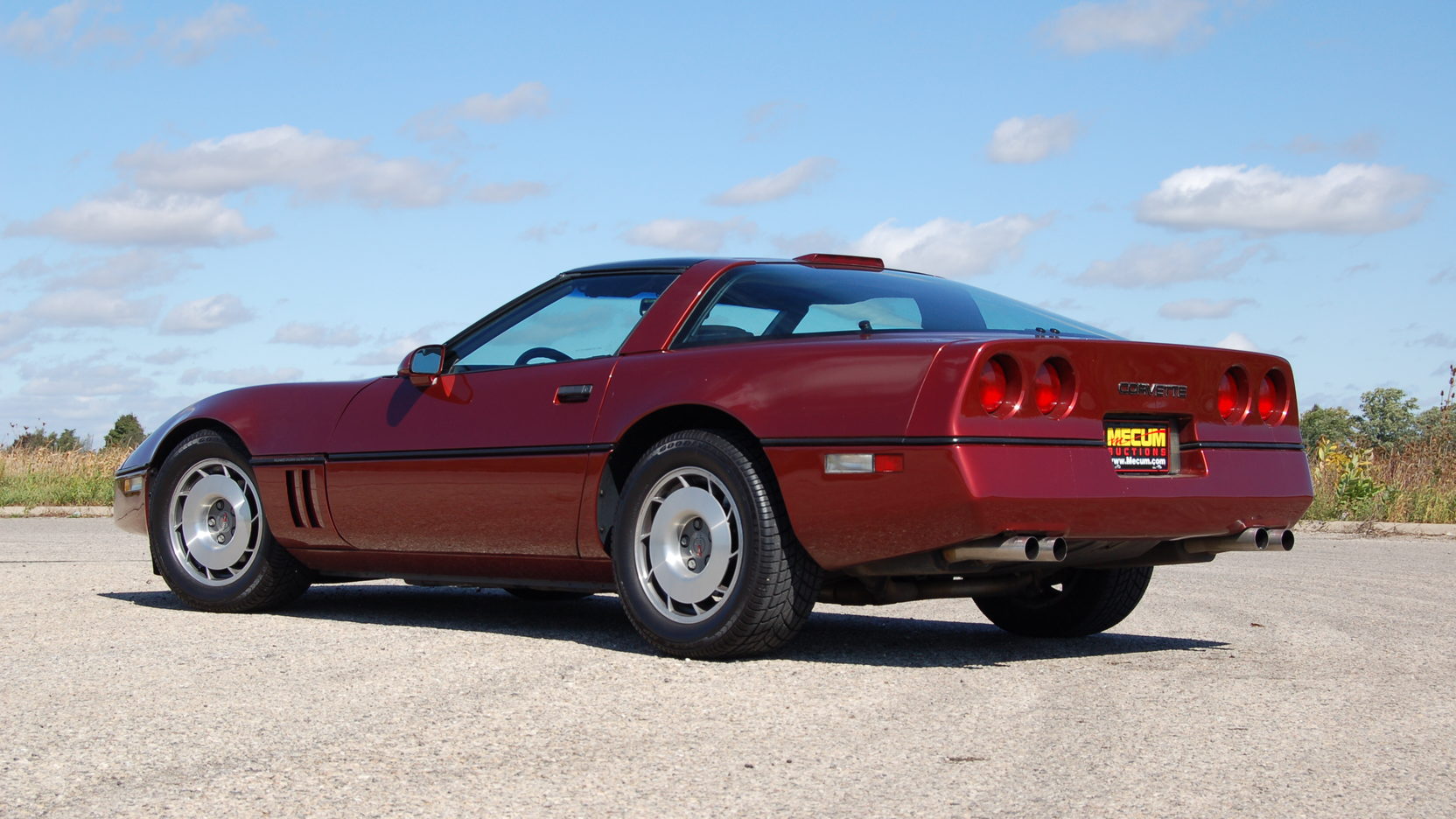
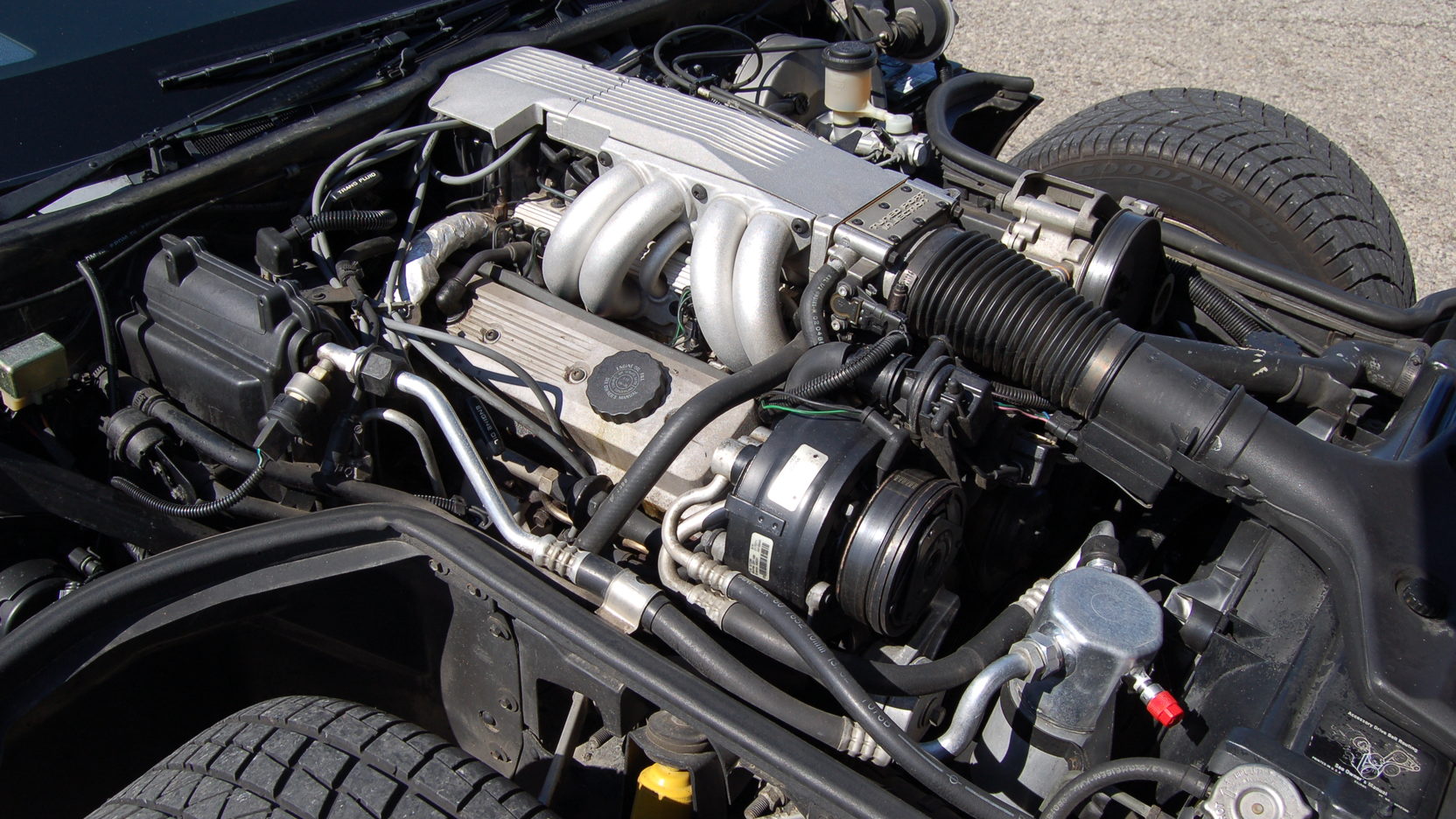
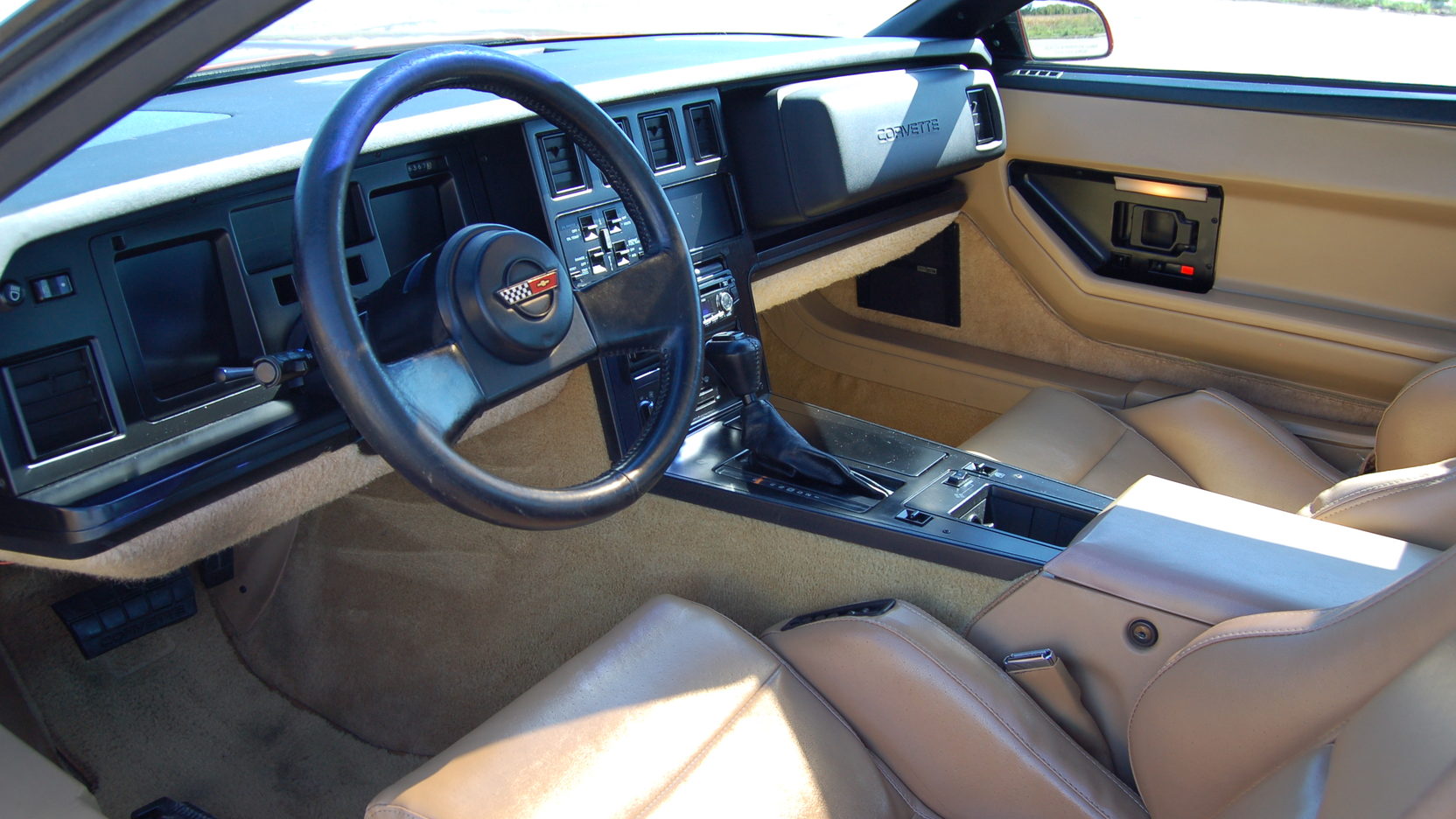

As time moved on, GM ironed out most of the platform’s early bugs. The wonky Doug Nash 4+3 manual transmission was replaced for a proper six-speed, the oh-so 1980s digital gauges disappeared in favor of analog, and the squared-off body lines smoothed out into something more sleek.
The groundbreaking LT1 V-8 engine arrived in 1992. This complete redesign of the Gen I small-block V-8 was the extra-55-hp shot to the arm that the Corvette needed. Enthusiasts are more than willing to pay a premium for the LT1-equipped cars, but we’re still very much in the affordable space here. Expect to pay at least $10,000 for a decent example. While the Optispark ignition on these cars are somewhat finicky, many consider this to be a minor annoyance. It is perfectly acceptable to replace your Optispark with a remanufactured or aftermarket replacement. Final-year cars (1996 model year) are considered most desirable, because if you ordered a six-speed manual you also got the new 330-hp LT4 V-8 engine.
While standard C4’s are still relatively pedestrian in the grand scheme of things, special models like the ZR-1 and Grand Sport make collectors take notice. The radical DOHC 350-cubic-inch engine in the ZR-1 made 405 hp at a time when you had to buy an exotic Italian car to compete. The car’s high price and perceived lack of parts availability meant the ZR-1, despite its undeniable chassis engineering brilliance and performance prowess, sold fewer than 7000 units over five years. And for the people who bought one early and tucked it away hoping to make a killing, the ZR-1 has not nearly climbed in value to the level where you’d make a profit compared to your original investment.
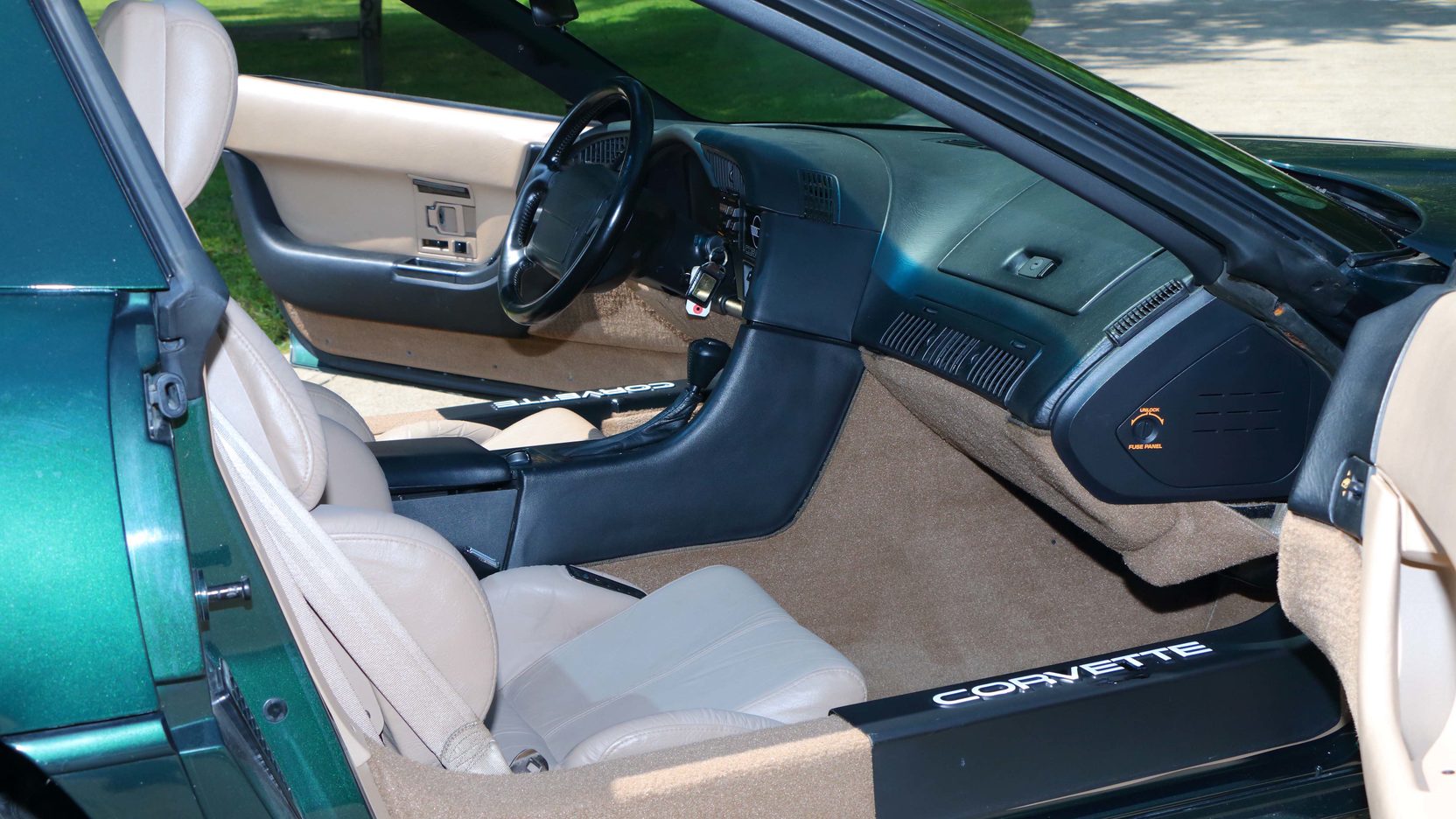

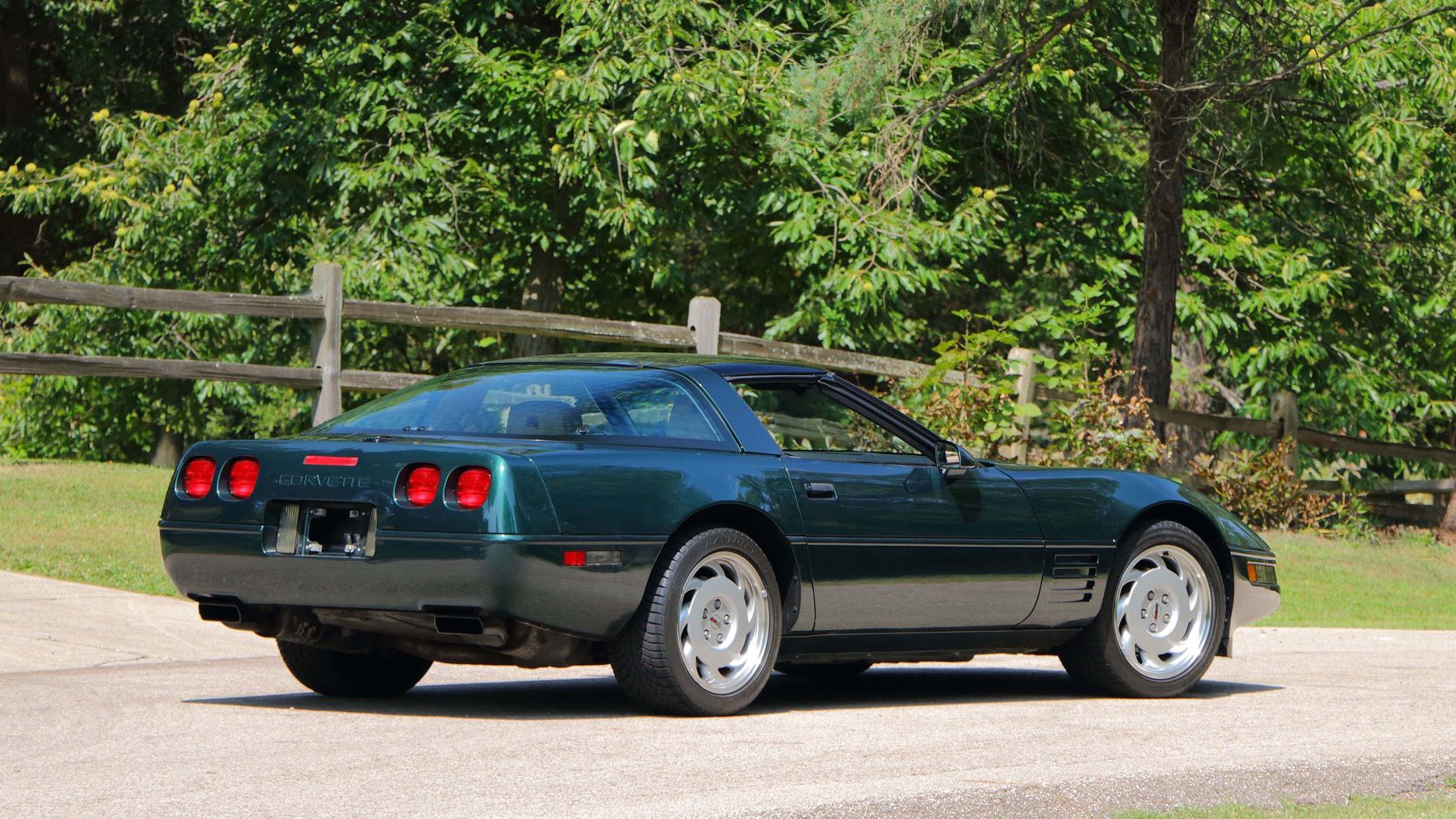
The 1996 Grand Sport was Chevrolet’s send-off present for Corvette lovers. The ZR-1 suspension and the limited run of 1000 cars put this car into instant collector status. While both of these cars have seen a slight dip in value recently, they still remain the priciest C4s of all. Neither car in collector-grade condition can be touched for under $30,000. This is still a relative deal if you want a rare C4 Corvette that is great to drive and isn’t likely to depreciate any more.
Right now, the C4 is probably the best way to enter the Corvette community on a budget. However, the Achilles heel to the C4 is the C5, which arrived for the 1997 model year. It built on what the C4 did well and took it to the next level. The looks are fresher, the suspension offered even better handling, and the new LS1 engine pushed out more power than the previous year’s LT4. When it came to all out performance, the LS6 in the Z06 provided the same punch as the C4’s ZR-1 without the exotic engine.
There are countless C5s out there in solid condition, and all of its improvements can be had for marginally more than a late C4. For a lot of people, it’s worth spending a bit more on a C5. But if you really appreciate how important the C4 was in taking the Corvette into the modern performance era, and if you just prefer the more boxy ’80s look which is coming into vogue, snatch one up for cheap and enjoy driving the wheels off it. At the end of the day, it’s a V-8-powered, rear-wheel-drive American sports car that burns rubber, eats up corners, and won’t break the bank.









